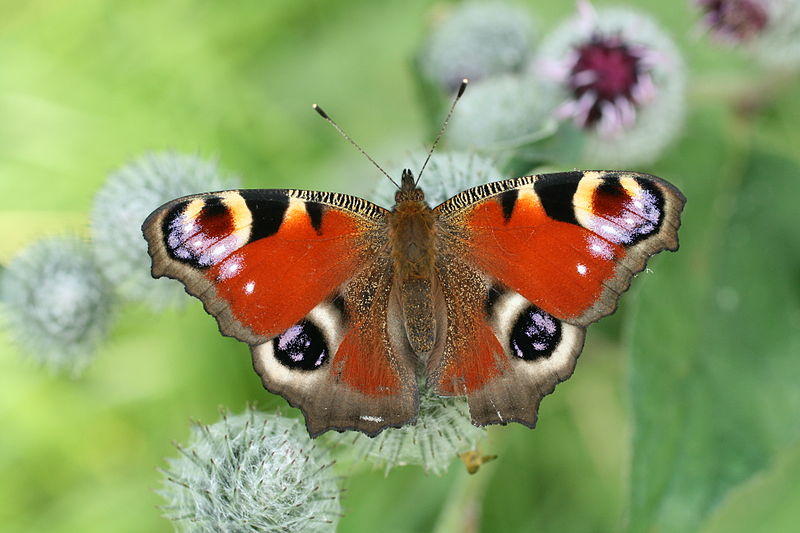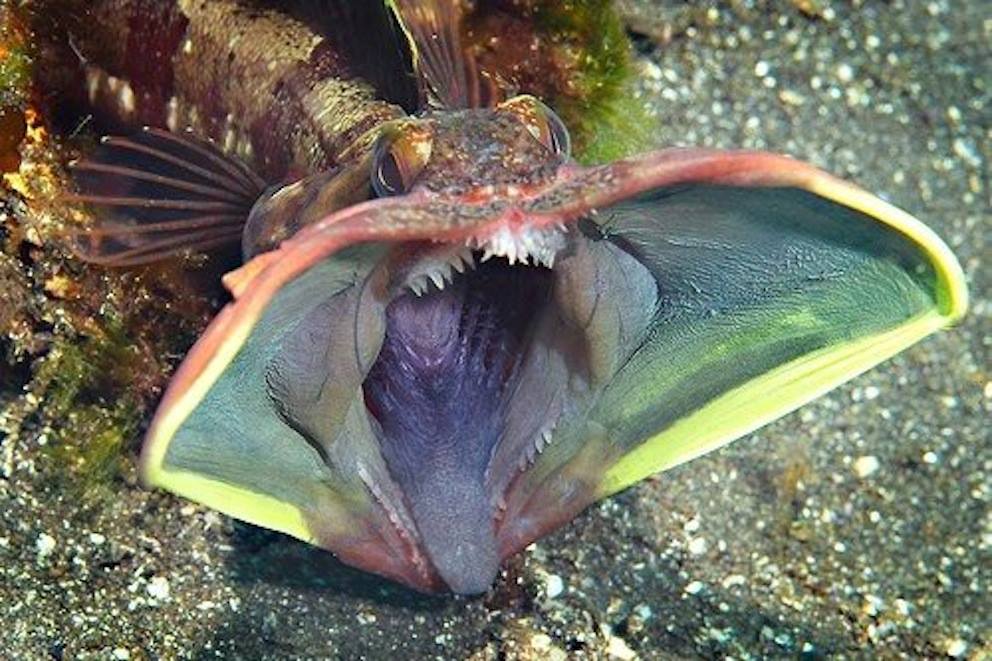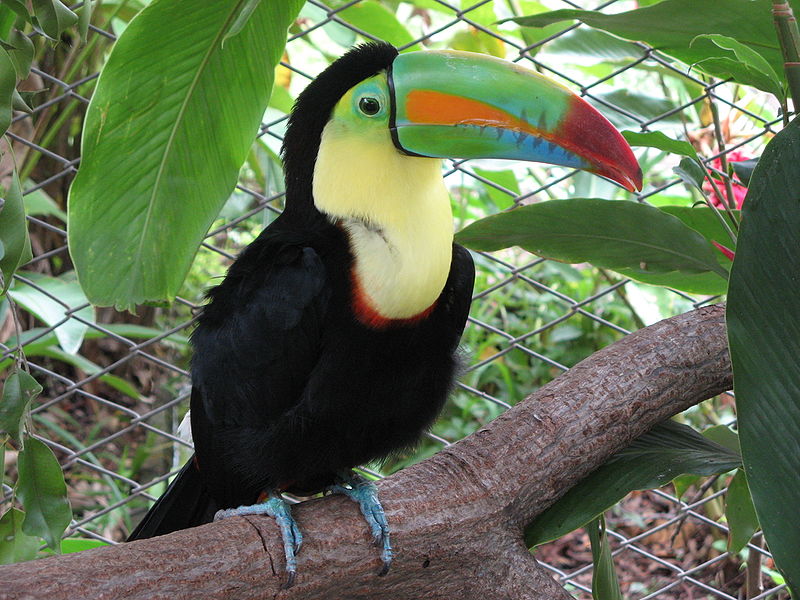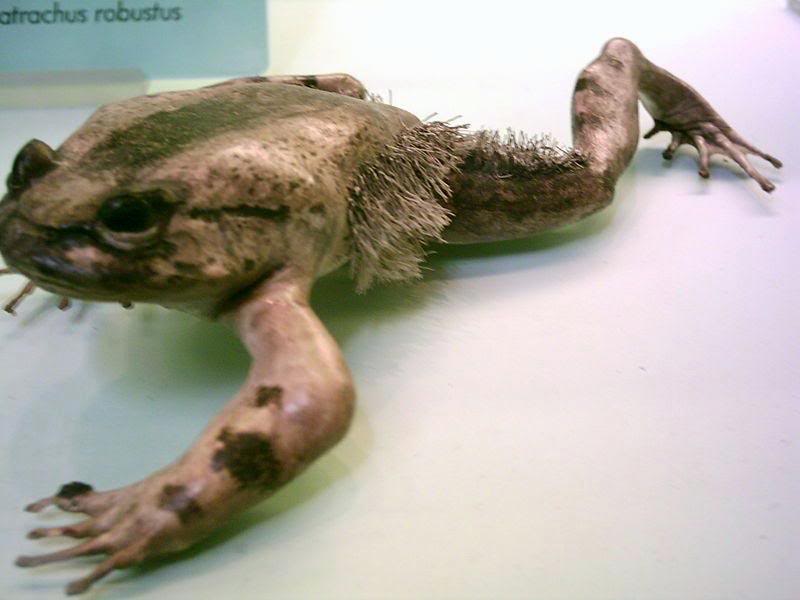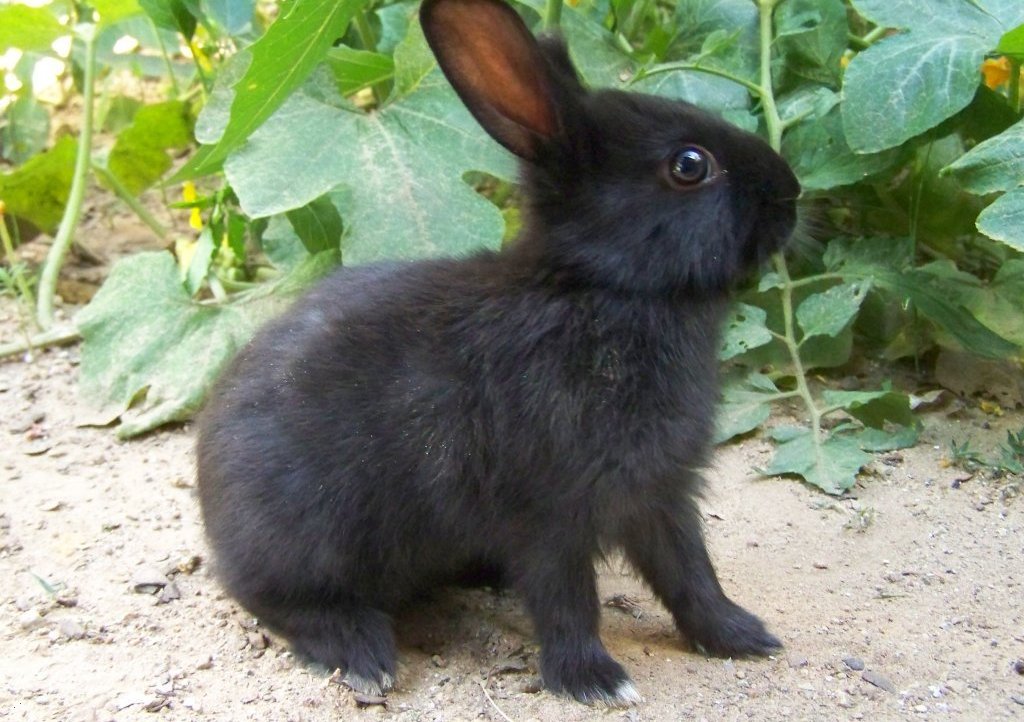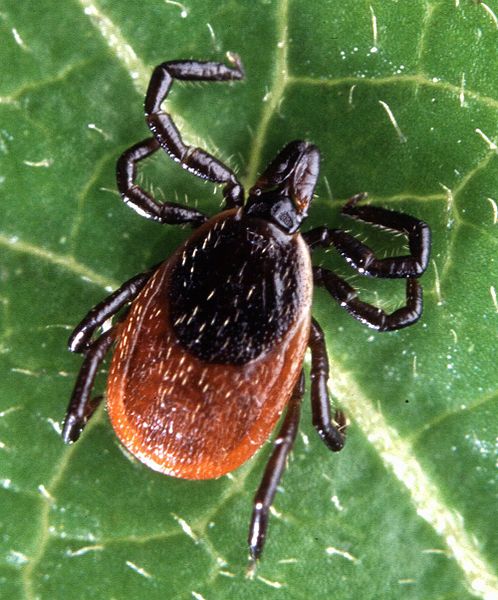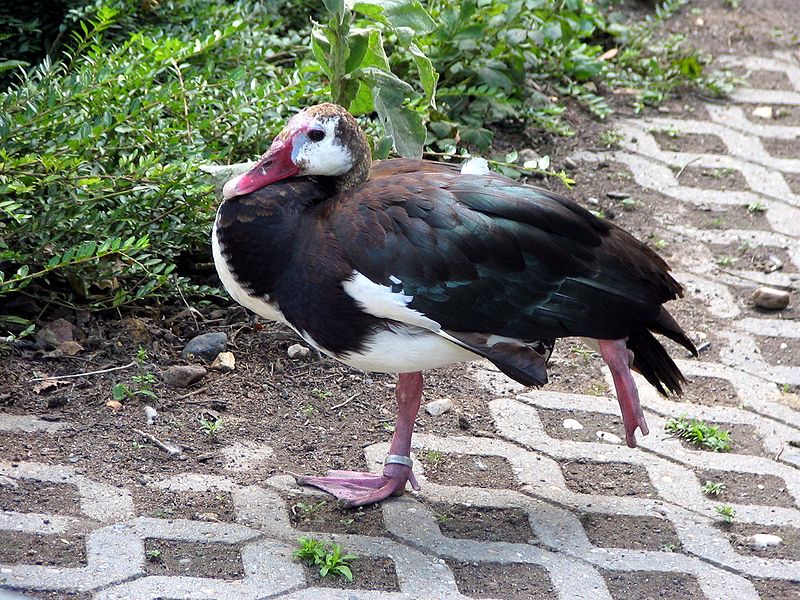
Did You Know?
- The Spur-Winged Goose is the largest waterfowl found in Africa and on average the largest goose in the world
- While they may look like your standard goose they are not at all like your typical Canada Goose – For example this African variety has spurs on their wings and can sometimes be poisonous (I told you they weren’t like your typical goose)
- THe Spur-Winged Goose is a social bird and can often be found hanging out in groups consisting of as many as 50 individuals
The Game Changer
You remember that childhood game, “Duck, Duck, Goose”? Well, I am pretty sure that if it were “Duck, Duck, Spur-Winged Goose”, the goose would always win. These large birds tend to be highly territorial and just happen to have a couple of sharp spurs on their wrists. Typically, they use these spurs to attack other types of waterfowl – I guess they aren’t the nicest birds in the world – and it is possible to believe they would use these winged weapons to attack humans, however, I am not aware of any human incidents. If you happen to know of a story involving the Spur-Winged Goose, please share it in the comments below as I would love to hear it.

Poisonous Birds – The Spur-Winged Goose
Not only are these particular geese armed and deadly but many of them turn out to be poisonous. Now I am not talking about the typical poison where they inject you with a deadly venom and you die a horrible death. Nope, I am talking about a toxin they pick up from their diet that is stored in their tissue so I don’t recommend eating these odd birds. While I don’t believe this poison is dangerous enough to kill a person, I am sure it would be a very unpleasant experience. So why are only some of these birds poisonous? As mentioned, they pick up the toxin from a particular Blister Beetle that is only found in certain parts of their distribution range. Interestingly enough, this Blister Beetle also picks up the toxin from something they eat (we are still not sure what it is though). This passing on of a harmful toxin is a perfect example of how the food chain works. It also shows that if you change something such as removing the mystery toxic plant it can have major consequences all the way up the chain, so let’s be carful what we change, shall we.

